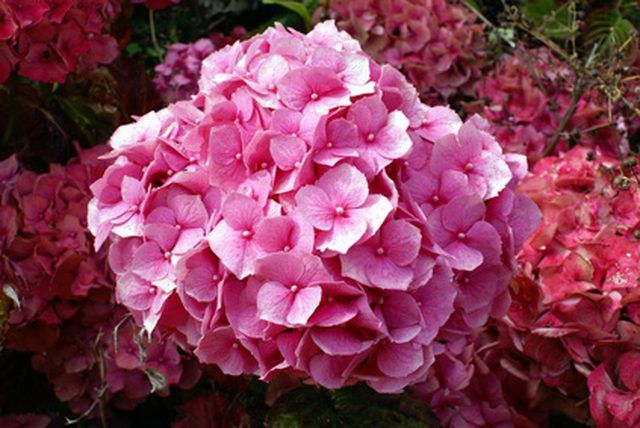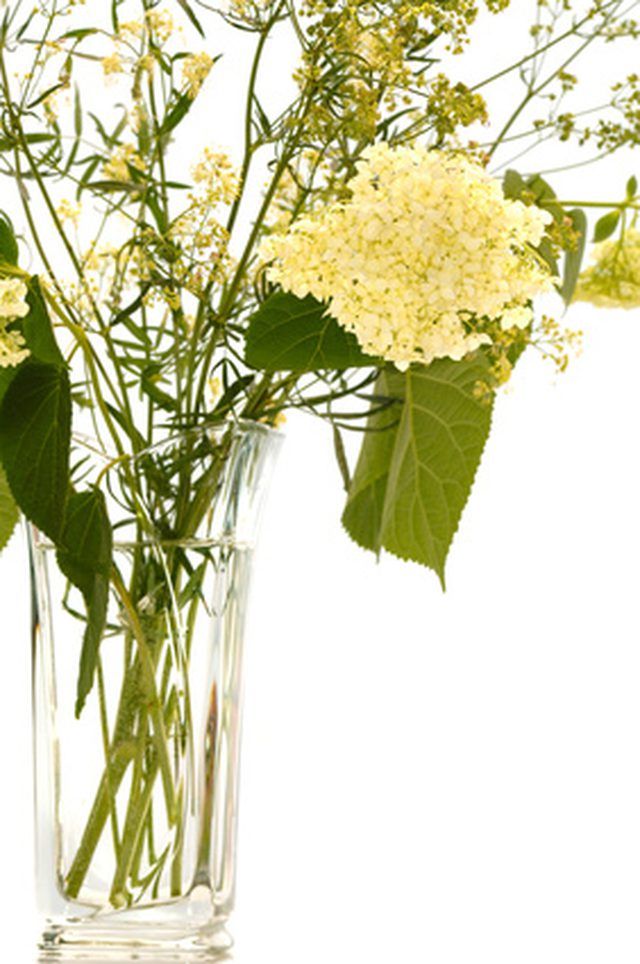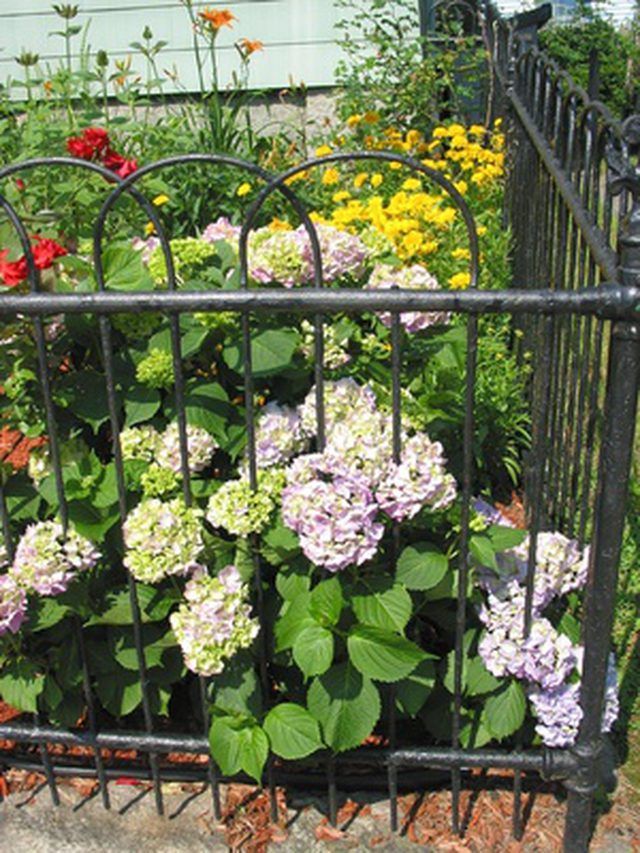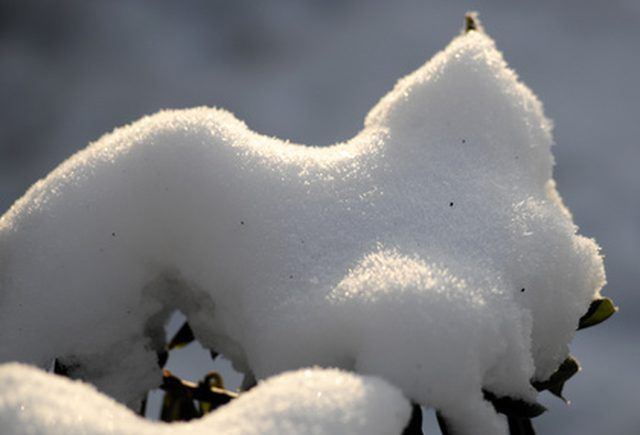Bulbs
Flower Basics
Flower Beds & Specialty Gardens
Flower Garden
Garden Furniture
Garden Gnomes
Garden Seeds
Garden Sheds
Garden Statues
Garden Tools & Supplies
Gardening Basics
Green & Organic
Groundcovers & Vines
Growing Annuals
Growing Basil
Growing Beans
Growing Berries
Growing Blueberries
Growing Cactus
Growing Corn
Growing Cotton
Growing Edibles
Growing Flowers
Growing Garlic
Growing Grapes
Growing Grass
Growing Herbs
Growing Jasmine
Growing Mint
Growing Mushrooms
Orchids
Growing Peanuts
Growing Perennials
Growing Plants
Growing Rosemary
Growing Roses
Growing Strawberries
Growing Sunflowers
Growing Thyme
Growing Tomatoes
Growing Tulips
Growing Vegetables
Herb Basics
Herb Garden
Indoor Growing
Landscaping Basics
Landscaping Patios
Landscaping Plants
Landscaping Shrubs
Landscaping Trees
Landscaping Walks & Pathways
Lawn Basics
Lawn Maintenance
Lawn Mowers
Lawn Ornaments
Lawn Planting
Lawn Tools
Outdoor Growing
Overall Landscape Planning
Pests, Weeds & Problems
Plant Basics
Rock Garden
Rose Garden
Shrubs
Soil
Specialty Gardens
Trees
Vegetable Garden
Yard Maintenance
Hydrangea Fall Care
Hydrangea Fall Care. Few flowers evoke a sense of nostalgia better than hydrangeas. With their big puffy blooms and dense foliage, they are a delightfully old-fashioned addition to any garden. While most perennials don’t need much care in the fall, several species of hydrangeas need some attention in order to avoid the damage caused by...
Few flowers evoke a sense of nostalgia better than hydrangeas. With their big puffy blooms and dense foliage, they are a delightfully old-fashioned addition to any garden. While most perennials donít need much care in the fall, several species of hydrangeas need some attention in order to avoid the damage caused by extreme cold and the fluctuating temperatures common to more northern gardens.

Pruning dead growth back is best done in the late fall to early winter after the plants go dormant. Deadheading, or removing faded blooms, should also be done in early fall. When deadheading, notice if the cut part of the stem is still green, which means itís still alive and should remain on the plant, as it will produce next yearís blossoms. Dead branches are easy to spot, as they appear shriveled and dry. Cut them down to about 6 inches from the ground. Prune any healthy branch down to the first set of leaves.

Early fall is a good time to harvest the hydrangea blooms for drying. They have begun to dry on the branch and will stay that way indefinitely if cut and placed in vases containing no water. Stop fertilizing hydrangeas at the beginning of August, but continue watering the plants regularly right into the fall. Dormant plants should get one last deep watering in late fall right before the ground freezes.

Late fall is the ideal time to move hydrangeas to a new location, as the plants have gone dormant and wonít be shocked by the move. Make sure to dig up the entire root system of the plants before moving them, and have a hole that is twice the size of the root ball ready for them. Place several inches of mulch around the base of the plant in its new location to keep the roots warm and discourage weed growth.

Two types of hydrangeas, Paniculata or Peegee and Arborescens or Annabelle, can be grown just about anywhere without needing any winter protection. Other varieties, Quercifola or Oakleaf and Macrophyllla or Mophead and Lacecap varieties, should be covered to protect the delicate buds that form in late fall and that will bloom the following spring.

Cover young hydrangea plants for the winter with several inches of a mulch made of leaves, pine needles, hay, peat moss or a combination of these. Use garden mesh over the mulch to keep it in place. Put cages made of chicken wire up around older, taller plants and fill the cages with mulch, being careful not to break off the tips of the branches. You can also use burlap to cover the plants, and in areas that get a good snow cover in the winter, you can shovel snow onto the smaller plants as natural protection.
